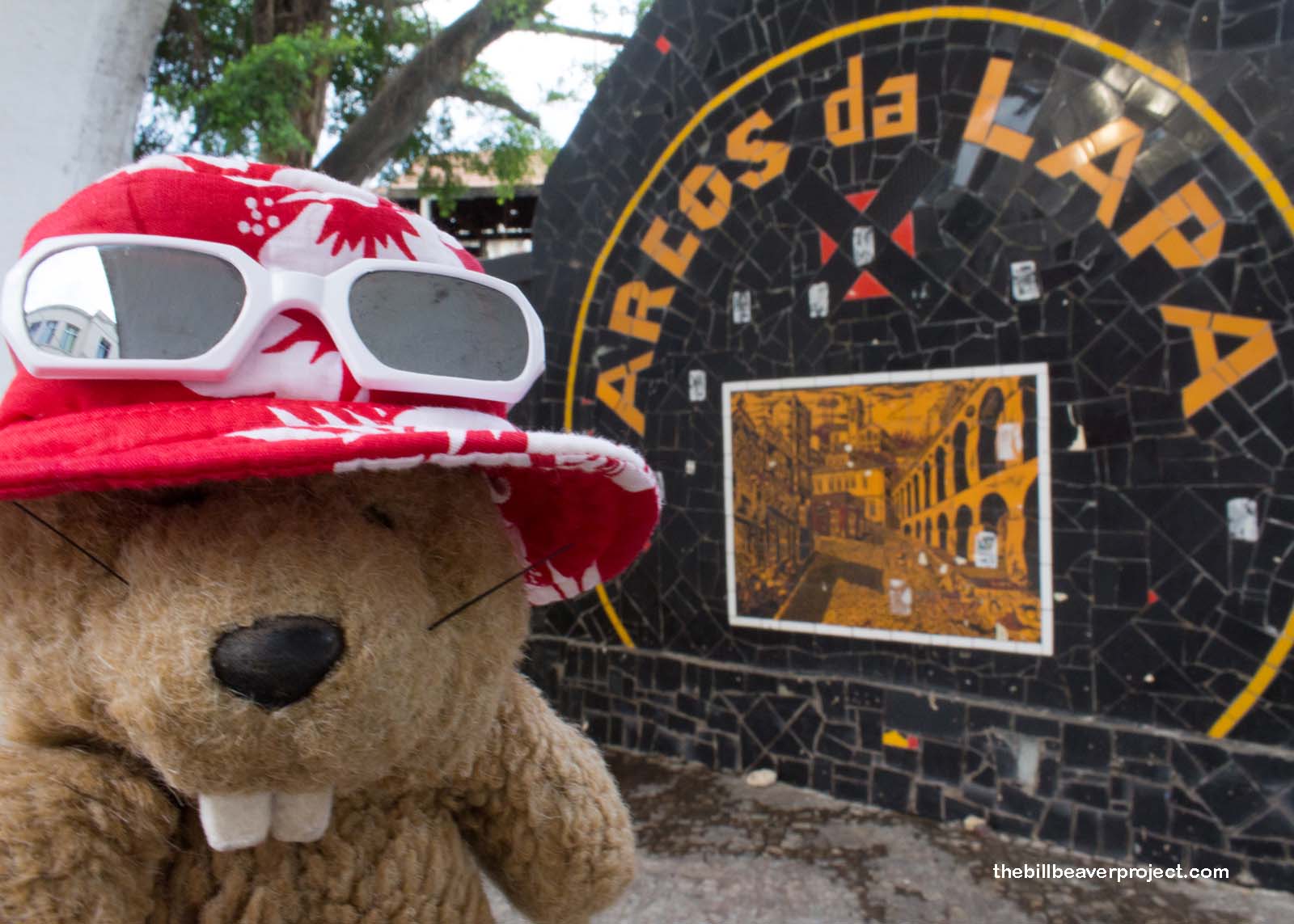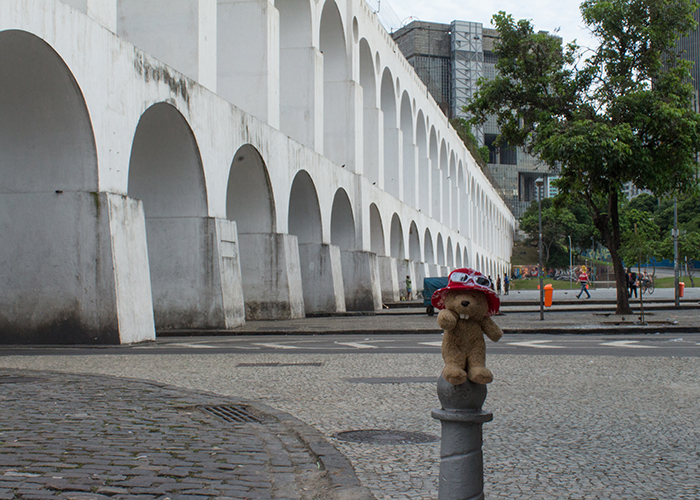| What is it? |
The Carioca Aqueduct, also known as the Arcos da Lapa, is a 42-arch, Romanesque structure originally built to transport water across the city! |
| What makes it historical? |
It was tough for early Portuguese colonists to supply their growing city with water, and canals just weren’t cutting it! So, in 1723, Governor Aires de Saldanha ordered the construction of an aqueduct connecting the Rio Carioca to a fountain in Santo Antônio Square! The present aqueduct came about after the first one fell to ruin. José Fernandes Pinto Alpoim designed the new 42-arch structure after other aqueducts he had seen in Portugal, and the Arcos da Lapa opened for business in 1750!
146 years later, after new water sources were discovered, the Arcos da Lapa were converted into a tramway for Rio’s bright yellow Bonde streetcars! Though the tram between the city center and Santa Teresa shut down in 2011 after an accident, it has reopened with limited access to prepare for the 2016 Summer Olympic Games! |
| How can I Help the Helpers? |
HERE’S HOW:
- Volunteer with the Associação de Moradores e Amigos de Santa Teresa (AMAST)!
- Be a responsible visitor! Please respect the signs and pathways, and treat all structures and artifacts with respect. They’ve endured a lot to survive into the present. They’ll need our help to make it into the future!
|
| Where is this place? |
The aqueduct spans Evaristo da Vega and Av. Mem da Sá in the center of Lapa, Rio de Janeiro!
From Niterói: ~13mi (21km) — 0.3hrs
From Nova Iguaçu: ~26mi (42km) — 0.5hrs
From Petrópolis: ~43mi (70km) — 0.8hrs
From Rio de Janeiro: ~1mi (2km) — 0.1hrs |
| When should I go? |
Go during the early morning or the height of the afternoon, for safety reasons! |




